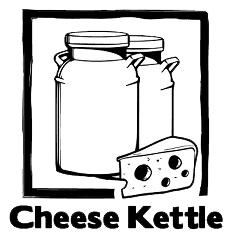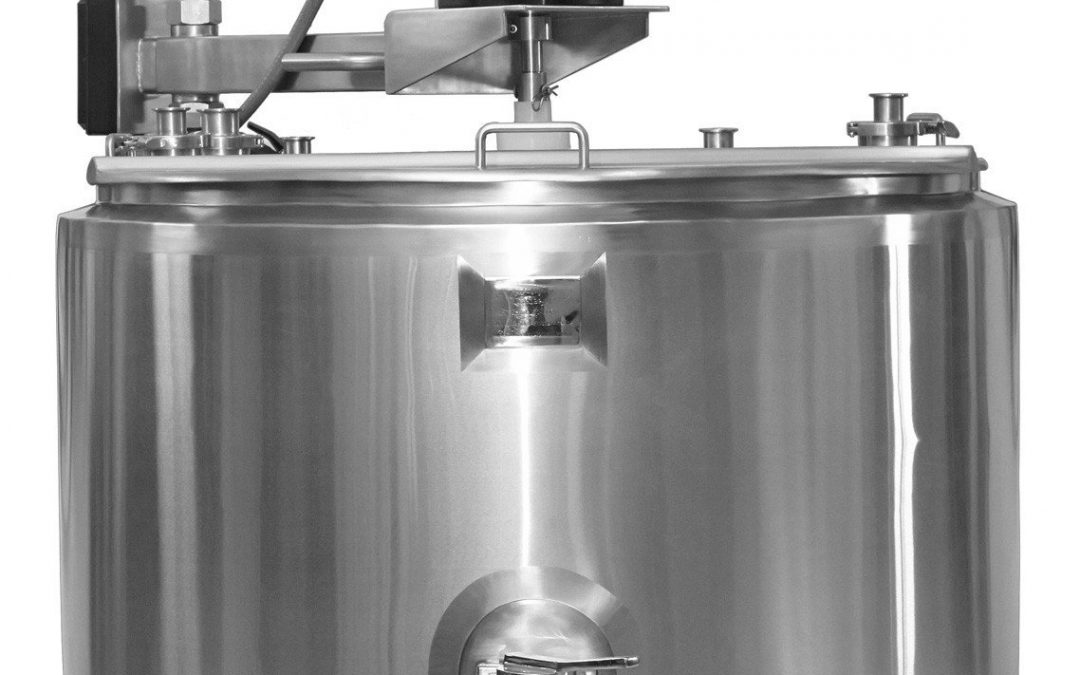When it comes to the dairy industry, it is crucial to find the right cheese vat for your cheese making process. For starters, this dairy equipment is designed for maximised output as well as usability. It means that different scenarios will require different cheese vats. These cheese vats can vary in sizes from 100L for a small production to 2,000L. There are even those options that are custom-made depending on the needs of the cheese maker.
So how do you choose the right cheese vat? If you are just a novice cheese maker, this question can be tricky. Here are some factors that you should consider when selecting your cheese vat.
What type of cheese are you making?
The first question that you should answer is what type of cheese are you planning to make? There are specific cheese vats for specific cheese. On the other hand, there are vats that are meant for a good range of products as well.
Let’s take a closer look at soft cheese, for instance. You will notice that the designs of these cheese vats soft cheese such as feta, and Camembert are usually small. Now, why is a soft cheese vat designed to be small? You must understand the characteristic of the cheese. For soft cheese, for instance, it is important to consider the duration which you transfer the cheese into the mould. It would take too long to scoop a huge amount of curd from the cheese vat. Ph of a cheese could drop to low and acidy of final product will be out of set range. It’s also worth to say some small cheese vats may do two or more batches in a day saving you real estate and lowering initial purchase price.
Automation
You should also pay attention to the automation of the cheese vat. There are cheese vats available on the market that require just a few people in charge of its operations. When it comes to making cheese, any cheese maker will tell you that making consistent high-quality cheese is a must. This means that no matter who oversees making the cheese, it should produce the same kind of cheese that you want to sell.
The good news is that there are many automated cheese vats out there. This equipment manages the entire process of making cheese for you. Automation also plays a role in your cheese production. It guarantees that there is maximum output.
Now, the thing with automated cheese vats is that you will have to also ensure that it runs properly. Be sure that you are going to work with a company that can carry out maintenance on regular basis. This way, you prevent productivity issues along the way ensuring consistent production.
Shape and Size of the Cheese Vats
It is crucial that you also take a closer look at your goals as a company. You must understand that many cheese makers buy large capacity cheese vats from the get-go because they don’t want to switch equipment in the next years. It’s not always a good way as its always takes time to grown your business and experiment with products. When you are more established it’s when you should think of larger production and streamlining production time.
Now, you also must worry about the shape of your cheese vat Square vats usually have ‘cold spots’ in the corners. It’s where the dimple jacket is of lower temperature then the rest of the kettle. This may cause different PH of product at the hooping. As a rule of thumb, stick to the oval and double O design.
Steam or Electricity Heating?
The cheese is going to enter the vat and you will need to warm the vat at the right temperature. Now when it comes to having a batch pasteurised, you will have to decide how exactly are you going to heat the vat?
If you are going to have an electric element, you may be limited to a single phase. However, it is a great option if you only have a small up to 2000ltr cheese production.
Vats using steam are usually used for large batches over 5000ltr at a time and setup costs is very expensive.
Conclusion
Not all cheese vats are created equal. You must understand that there are several considerations that you will have to make before you go for a cheese vat. By having a closer look at these factors, it becomes possible to minimise unnecessary costs on equipment. Also, you can cut your losses on your raw material as you minimize the wastes from the production process
Related Tags: Brewing Equipment, Dairy Equipment

